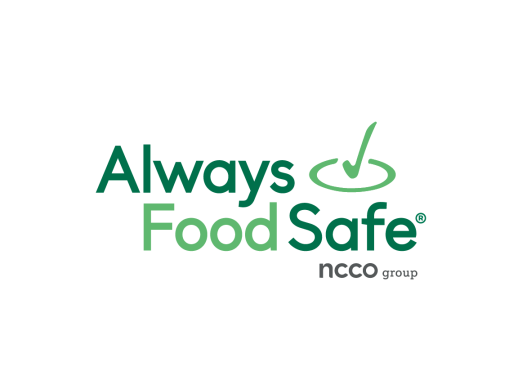The COVID-19 pandemic forced many things to become virtual—including test taking. Remotely proctored food protection manager exams have now become extremely popular.
However, even with the pandemic still ongoing, in-person proctors have still found ways to safely get people their food manager certifications.

 English
English
 Spanish
Spanish
